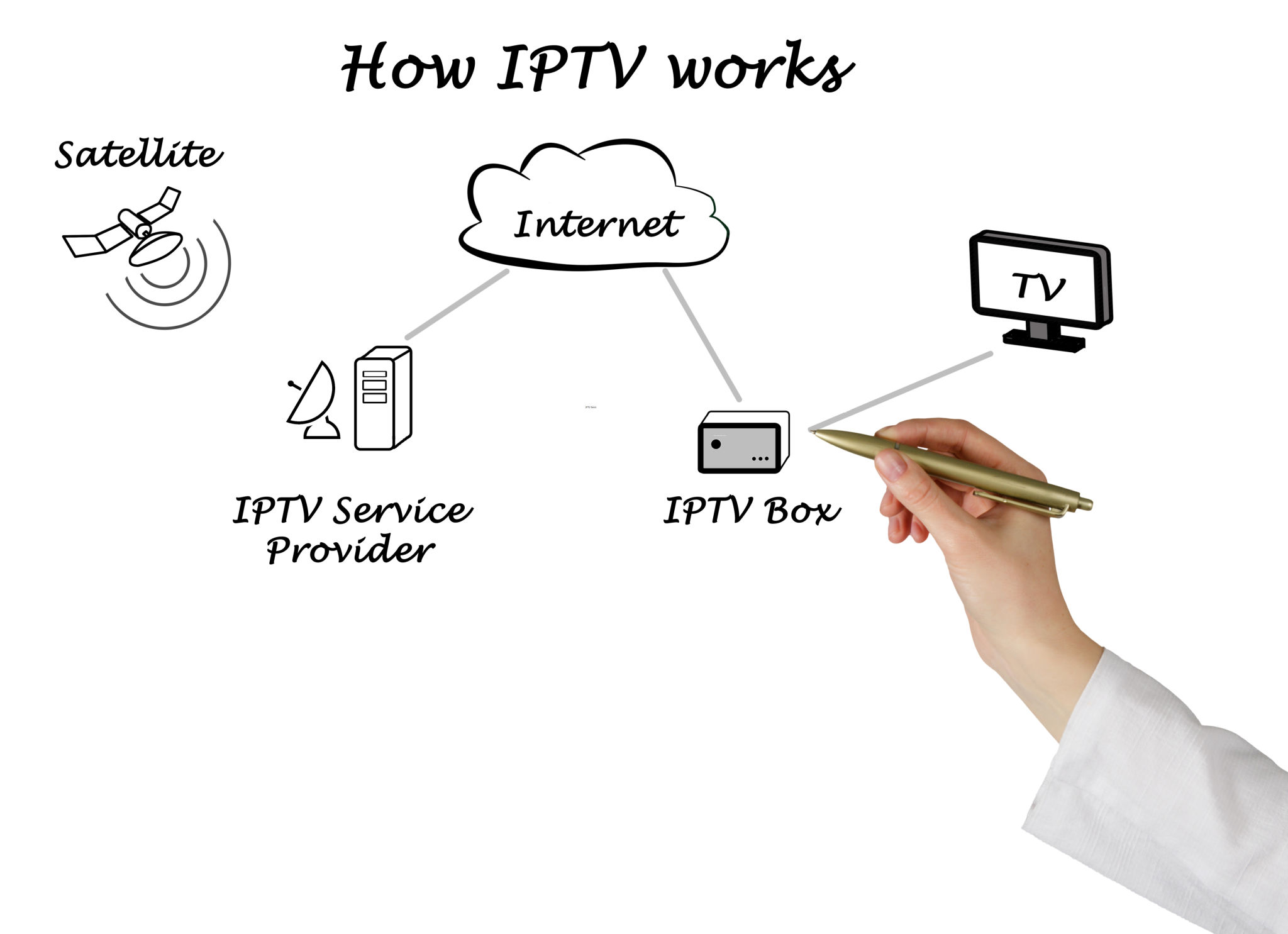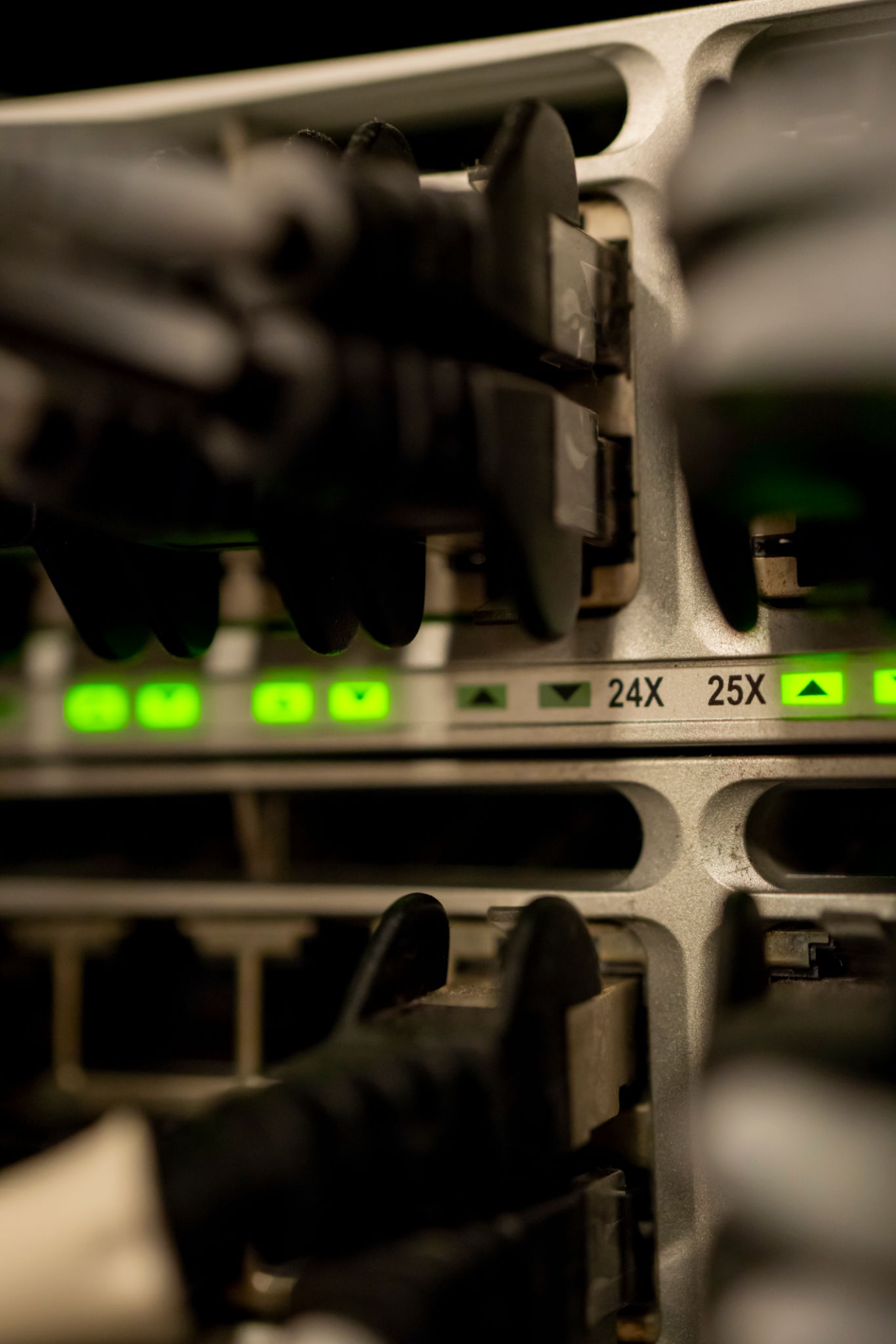The Ultimate Guide to Transitioning from Cable to IPTV Services
Understanding IPTV: The New Era of Television
In recent years, IPTV (Internet Protocol Television) has emerged as a popular alternative to traditional cable TV, offering a more flexible and cost-effective way to enjoy your favorite shows and movies. Unlike cable, which relies on physical connections and scheduled programming, IPTV delivers content through the internet, allowing you to access a vast array of channels and on-demand content whenever you want.

Benefits of Switching to IPTV
One of the most significant advantages of IPTV is the ability to customize your viewing experience. With IPTV, you can choose from a variety of subscription plans that best suit your preferences and budget. This flexibility allows you to pay only for the channels and services you wish to access, often at a lower cost than traditional cable packages.
Additionally, IPTV offers enhanced viewing features, such as pause, rewind, and fast-forward options, making it easier to enjoy content on your own terms. Many IPTV services also provide access to a wide range of international channels that might not be available through standard cable packages.

How to Transition from Cable to IPTV
Making the switch from cable to IPTV requires a few simple steps. First, you'll need a reliable internet connection with sufficient bandwidth to support streaming. Most providers recommend at least 10 Mbps for standard definition content and 25 Mbps for high-definition streaming.
Next, you'll need a compatible device to stream IPTV content. This can include smart TVs, streaming devices like Roku or Amazon Fire Stick, or even gaming consoles. Many IPTV providers also offer apps for smartphones and tablets, allowing you to watch on-the-go.
Choosing the Right IPTV Provider
When selecting an IPTV provider, consider factors such as channel availability, pricing, and customer support. Research different providers and read user reviews to ensure you're choosing a service that meets your needs. Some popular IPTV providers offer free trials, allowing you to test their service before committing to a subscription.

Setting Up Your IPTV Service
Once you've chosen a provider and subscribed to their service, setting up IPTV is generally straightforward. You'll typically receive login credentials or an activation code from your provider. Use these details to log into their platform via your preferred device.
Many providers offer user-friendly interfaces that make it easy to navigate channels and access on-demand content. Take some time to explore the features and customize your settings to enhance your viewing experience.
Troubleshooting Common Issues
If you encounter issues with your IPTV service, such as buffering or connectivity problems, there are several troubleshooting steps you can try. Ensure your internet connection is stable, and consider restarting your router if necessary. It's also helpful to regularly update your streaming device's software to ensure optimal performance.

Conclusion: Embracing the Future of TV
Transitioning from cable to IPTV services offers numerous benefits, from customizable viewing options to potential cost savings. As more households embrace this technology, it's clear that IPTV represents the future of television. By following the steps outlined in this guide, you can easily make the switch and begin enjoying the countless advantages that IPTV has to offer.